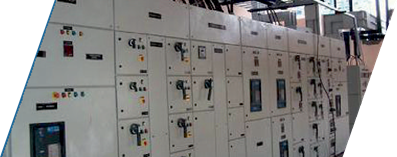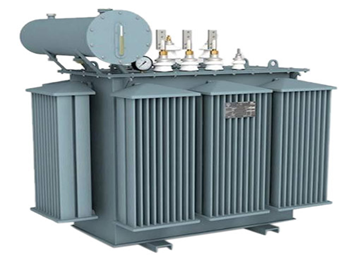Electrical Services
An electric power system is a network of electrical components deployed to supply, transfer, and use electric power. the transmission system that carries the power from the generating centres to the load centres, and the distribution system that feeds the power to nearby homes and industries. Smaller power systems are also found in industry, hospitals, commercial buildings and homes.
ELECTRICAL HT & LT POWER DISTRIBUTION TO ASSET
The efficiency of the plant depends upon how efficient the power supply is. We start our work right from ensuring a smooth and fast distribution of the power to an asset, where our HT and LT capable systems play a very important role.


LIGHTING ARRANGEMENT
As a primary source of collecting the information eyes always dependent on lights. Proper lightening arrangement on the work floor makes the functioning work adequately. Lighting or illumination is the deliberate use of light to achieve a practical or aesthetic effect. Lighting includes the use of both artificial light sources like lamps and light fixtures, as well as natural illumination by capturing daylight.
EARTHING & LIGHTNING PROTECTION
You can connect with the fact that nowadays predicting the nature is more of a guesswork. Our trustworthy earthling and lightning systems are adequate at ensuring the protection of a plant. In an electrical installation, an earthing system or grounding system connects specific parts of that installation with the Earth's conductive surface for safety and functional purposes. The point of reference is the Earth's conductive surface. The choice of earthing system can affect the safety and electromagnetic compatibility of the installation.


TRANSFORMER
A Transformer is a static electrical device that transfers electrical energy between two or more circuits. A varying current in one coil of the transformer produces a varying magnetic field, which in turn induces a varying electromotive force (emf) or "voltage" across a second coil.Electric power can be transferred between the two coils, without a metallic connection between the two circuits.
